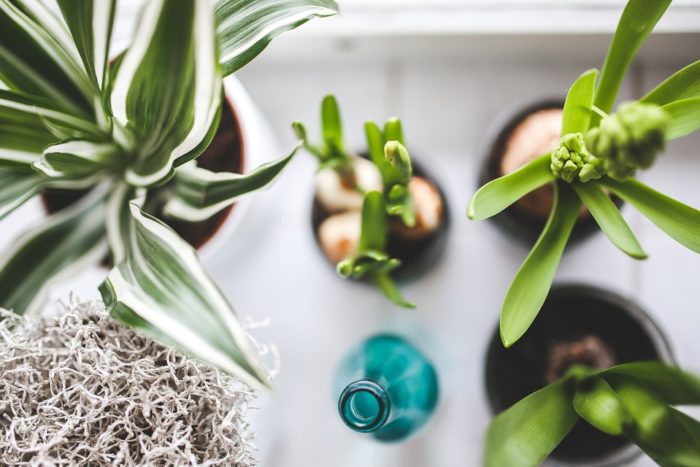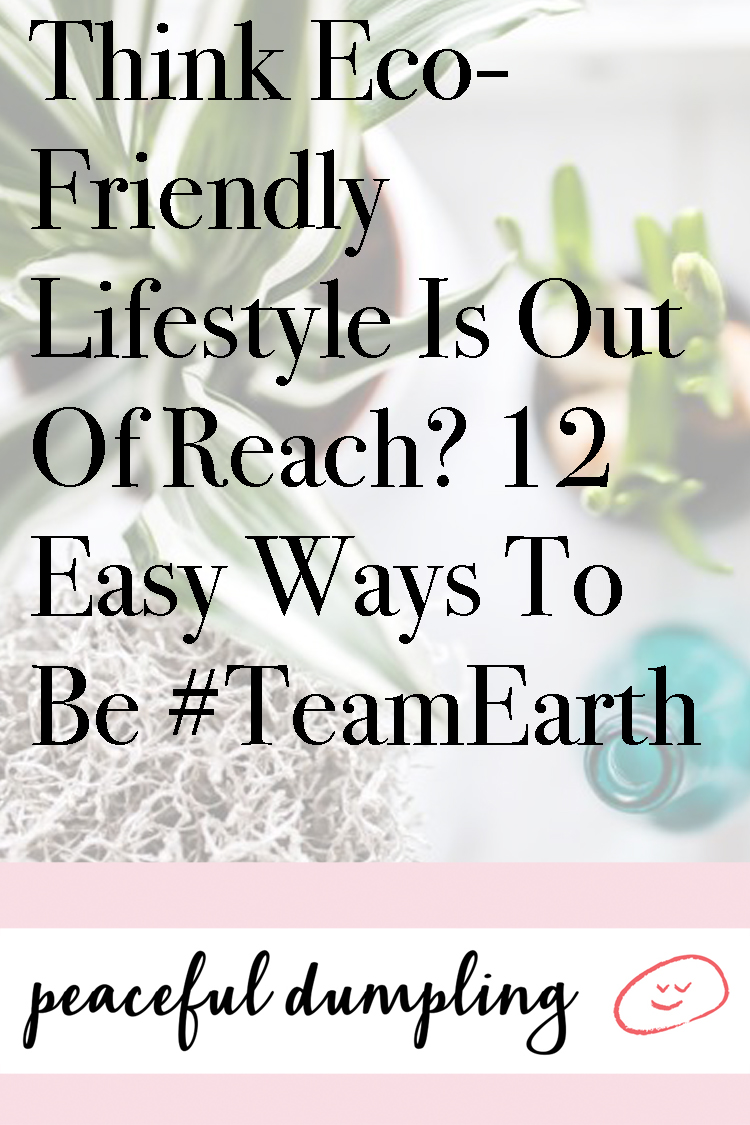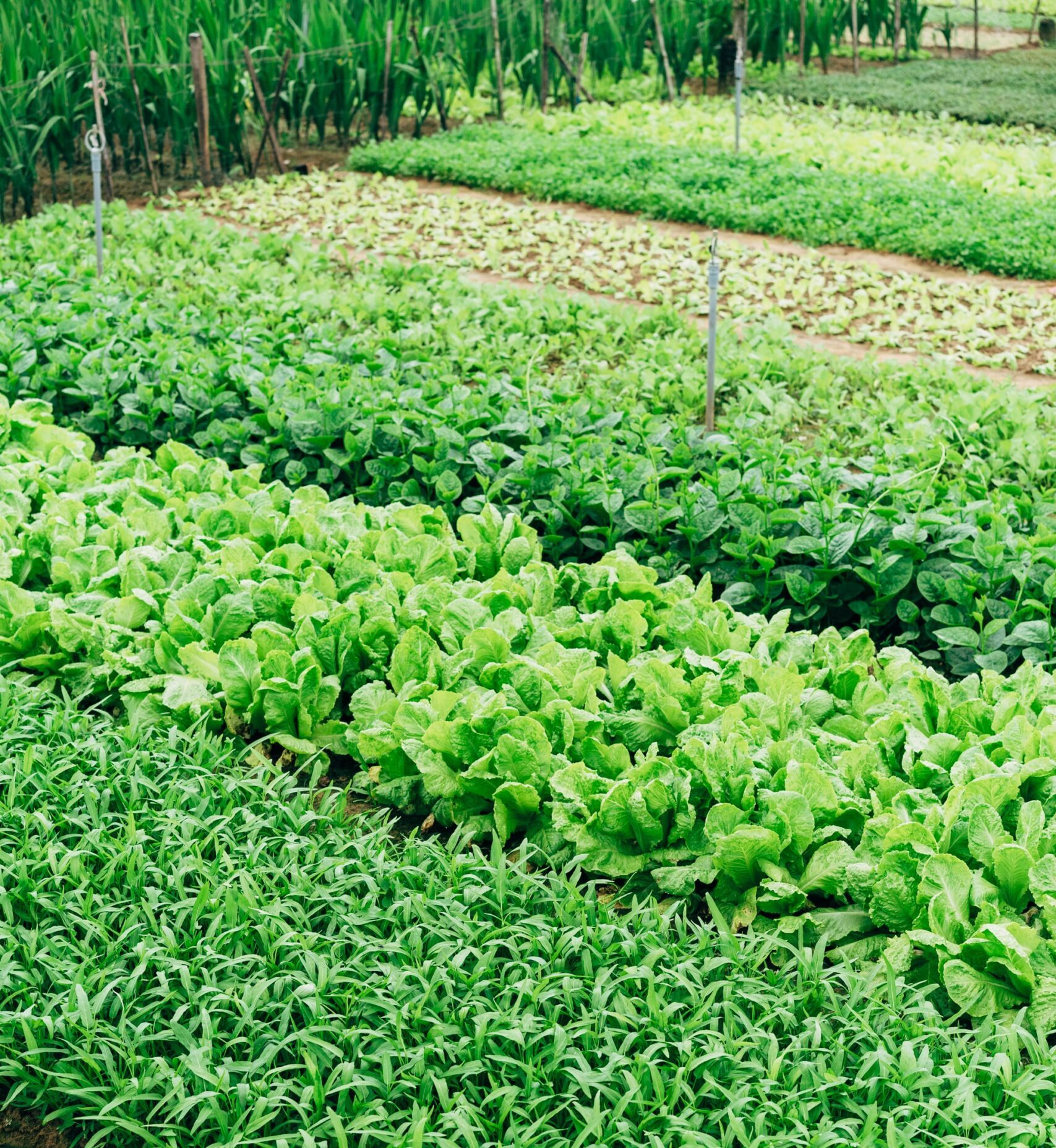
With the future of the planet in jeopardy, every citizen should be reflecting on ways they can live a more environmentally friendly life. Of course, that’s a lot easier said than done. Not everyone is in a place (either physically, mentally, or financially) where they can install complicated greywater systems in their homes or solar panels on their roofs. Fortunately, when it comes to being green, every step — no matter how small — counts.
Developing an eco-friendly lifestyle is easier than you think. A few simple adjustments are all it takes to make your everyday life more sustainable. Consider the following:
Wash Full Loads
According to Ohio University, 70 percent of US counties could experience acute water shortages due to climate change, economic boom, and population increase by 2050. That’s why it’s so important that we begin doing whatever we can to save water now. One way to do this is to only wash full loads of laundry and dishes. Half loads will only contribute to water and energy waste.
Go Low Flow
Low flow showerheads use 25 to 60 percent less water than their spray-happy counterparts. Installing one will not only save water, it will also save you big on your water bill. And don’t worry about water pressure — modern low flow showerheads offer just as much pressure as the old ones.
Shower Saver
If I could, I would live in my shower — there’s nothing so relaxing as standing under a constant stream of heavenly, hot water. Alas, five to ten minutes is really all we need when showering. In fact, if you shorten your shower by just 2 minutes, you can cut your water use by 10 gallons — that’s 3,640 gallons of water saved per year!
Get Your Program On
Installing a programmable thermostat can save you about 10 percent on heating and cooling bills each year. Why? Because it allows you to heat and cool your house according to the times when it’s occupied and when you’re awake. By programming the thermostat to set back the temperature by about 8 degrees when you’re away from the house or asleep, you can save both money and energy!
Shut Off and Unplug
A lot of electronics are energy vampires — that is, they use electricity even when they’re switched off. Computers, set-top boxes, DVD players, and modems are all notorious for sucking up power even when they’re meant to be “dead.” To combat this, you can invest in a power strip and turn it off every time the electronics aren’t in use, or you can just pull the plug. And of course, don’t forget to turn the lights off when you leave the room!
Replace Your Bulbs
The next time one of your light bulbs burns out, replace it with a compact fluorescent light (CFL). CFL bulbs use about 70 percent less energy than incandescent bulbs, and last far longer. Plus, they’re often brighter (once they warm up), which means you can get away with using fewer lamps in your home. They do cost a little more up front, but the steeper cost will more than pay for itself in the long run.
Reusable Grocery and Produce Bags
Reusable canvas grocery bags are one of my favorite eco-friendly investments. Not only do these awesome babies allow you to cut plastic bag use, they’re also sturdier and can hold a lot more stuff. Believe me, I’ve carried carloads of groceries in the house in one trip! What’s more, there are now reusable produce bags available for purchase (I got mine on Amazon). I use them for both produce and bulk items!
Smart Water
If there’s only one thing on this list you choose to do, let it be this one. It’s incredibly important that we stop consuming bottled water. Bottled water is incredibly wasteful on many levels:
- 75 percent of plastic water bottles aren’t recycled after use.
- The annual demand for water bottles in the U.S. requires about 17 million barrels of oil for production.
- Twice as much water is used in the process of manufacturing a plastic water bottle than it can be filled with.
Cutting back on bottled water is easy. A reusable glass water bottle combined with a water filter for your tap (only if you need it) will save you a significant amount of money. It will also cut down on pollution and the wasteful use of non-renewable resources.
Use Cloth Instead of Paper
As a society, we’ve become far too reliant on disposable products. As you can imagine, this has created a lot of trash. Making the switch from paper to cloth is a fantastic way to help cut down on this waste. Start by using cloth napkins instead of paper. They’re more durable, economical, and reduce your trash output. You can also replace your paper towels with cloth rags. Collect your used napkins and rags in one basket and wash them all at the same time (remember, full loads are important). Rinse, reuse, and repeat!
Avoid Disposable Dishes
Speaking of disposable products, paper plates and plastic silverware have become another common staple of American households that need to go. While it’s certainly nice not having to wash dishes after a meal, the increased output of trash isn’t exactly good for the planet. Like using cloth over paper; ceramic, glass, and stainless steel flatware will save you money and are better for the environment.
While you’re at it, ditch the disposable K-Cups and invest in a reusable version.
Pay Bills Online
Making the switch to paperless billing comes with a load of benefits. It lowers the odds that important bills will be lost in the mail; many companies offer a discount for going paperless because it saves them money on paper products; and the less paper you use, the less paper needs to be produced. With the technology available at our disposal, there’s no reason to keep wasting paper in this manner. Besides, we desperately need the trees that fill our forests as they help reduce the effects of climate change.
Donate
I’ll admit, I used to throw away perfectly good clothing and household goods simply because I was too lazy to do anything else. But no more. I now donate anything in clean, usable condition to my favorite local charity. You should too, as donating unwanted items keeps them out of landfills and supports your community.
Going green doesn’t have to mean making radical changes to your life. By living with a greater awareness of the resources you use in your day-to-day life, you can choose to make more eco-friendly choices that will benefit both the environment and yourself. Jane Goodall put it best when she said, “You cannot get through a single day without having an impact on the world around you. What you do makes a difference, and you have to decide what kind of difference you want to make.”

What are your tips for having a more eco-friendly lifestyle?
Also by Liz: 5 Things I Learned From *Actually* Doing A Pinterest-Style Home Renovation
Related: 5 Countries That Are Leading The Way With Renewable Energy
Stumped By Sustainable Shopping? Start With These 4 Eco-Friendly Fabrics
Get more like this—Subscribe to our daily inspirational newsletter for exclusive content!
__
Photo: Pexels




